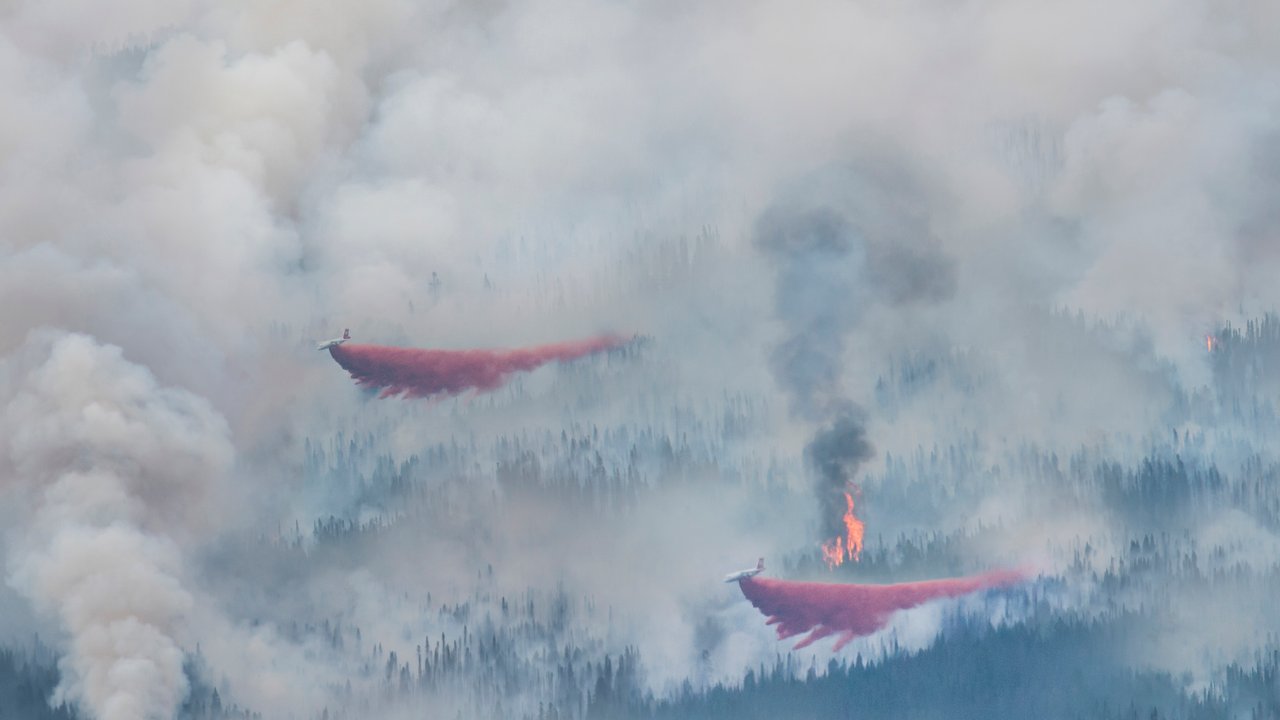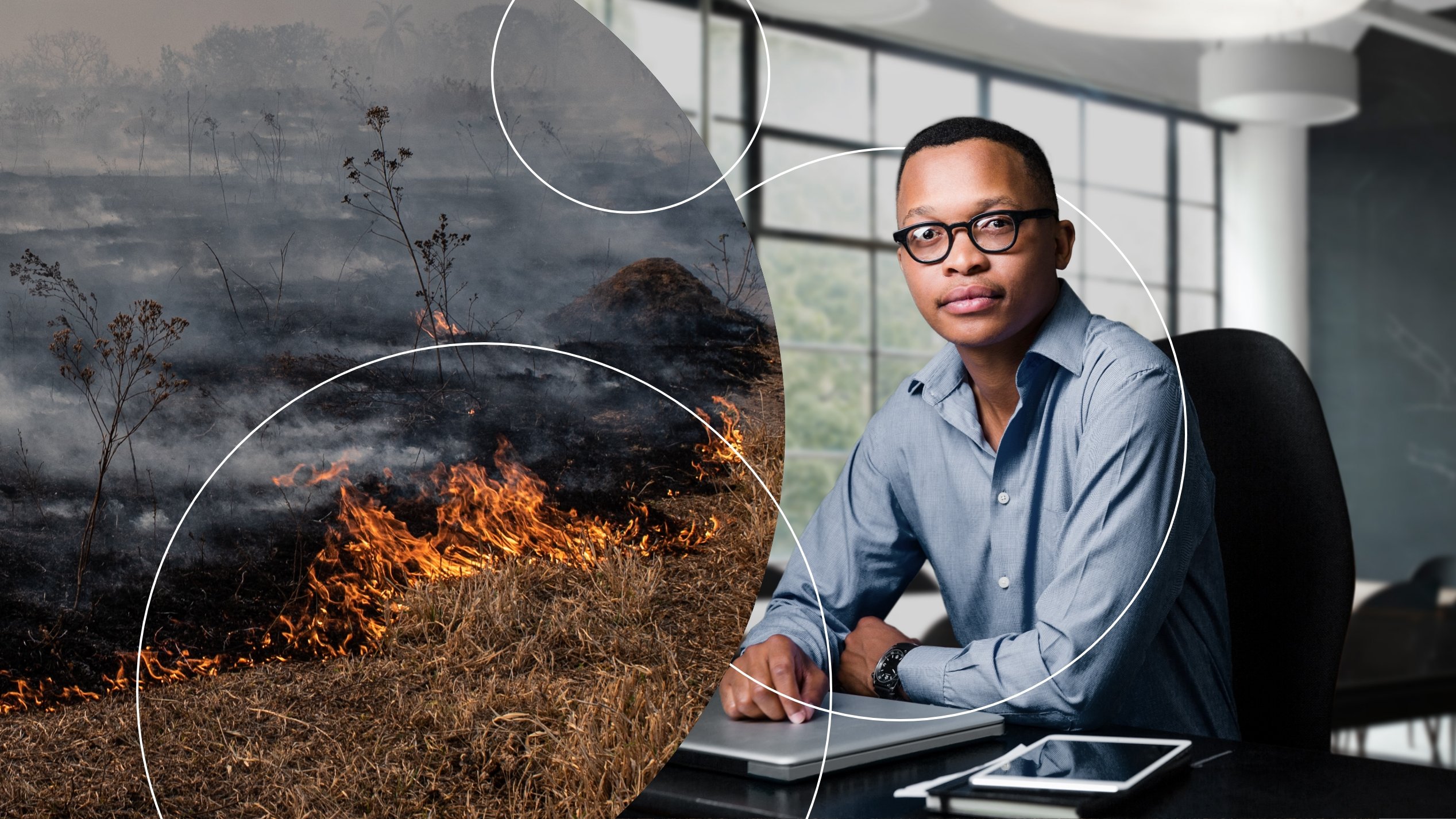Wildfires and bushfires
Climate change increasing the wildfire risk
properties.trackTitle
properties.trackSubtitle
US$ 136bn
Global wildfire losses 2015-2024 (inflation-adjusted),
with insurers paying out a total of US$ 80bn
An interplay of human-made and natural factors has made wildfires and bushfires a hazard that is difficult to quantify and one that poses an increasing threat in many places. Hazard zones can actually be quite accurately determined, but fires can also occur in unexpected places and cause heavy losses.
Wildfires primarily occur after prolonged dry spells when the air temperature is high. Dry vegetation can then be easily ignited, starting a wildfire that can quickly spread out of control if winds are strong.
The hazard is especially high in climate zones where there is enough rainfall for some of the year to allow vegetation to flourish, but it then dries out during long periods of warm weather with little precipitation. This type of climate is found in southeast Australia or in California, for example.
All of these factors played a role in the Los Angeles fires of January 2025, which destroyed large parts of the Pacific Palisades and Altadena suburbs, among other places. After a wet winter and spring, the vegetation dried out during the rest of 2024. Very strong Santa Ana winds – fall winds from the mountains towards the sea that are common at this time of year – led to a veritable firestorm after the fires broke out, with fires spreading from house to house in urban areas.
The loss potential of wildfires is growing
The areas worst affected by wildfires include the western United States and southeast Australia. Aside from climatic aspects, urban sprawl is also playing a critical role in the changing loss potential. An increasing number of houses are being built in the transitional zones between the outskirts of cities and nearby forested areas.
In California, climate change is clearly a significant factor in the increasing risk of wildfires with high losses. However, the Mediterranean region and parts of Australia are also more frequently experiencing the conditions needed for wildfires to occur. In Europe, heatwaves and droughts have also increasingly fuelled wildfires in recent years. However, wildfires in Europe tend to be nowhere near as destructive as those in the USA.
The majority of fires near populated areas are ultimately caused by human activity, while only a small number start naturally, as a result of lightning for example.
The challenge: modelling the wildfire risk is complex

Newsletter
Solutions for wildfire risks
Reinsurance solutions
Industry solutions
Contact our experts













